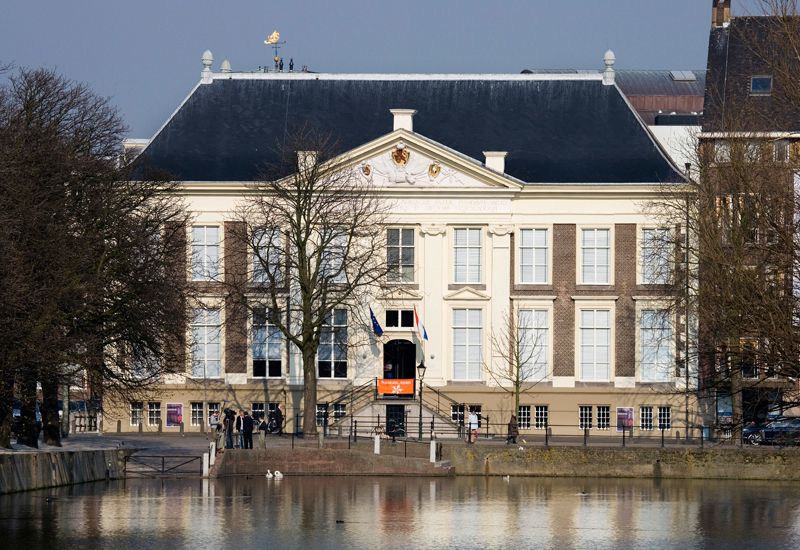The history of the Hague Historical Museum begins in the Old Town Hall on the Groenmarkt. There are six exceptional group portraits of magistrates from the 18th century on. City views and civic guard paintings soon adorn the walls. Due to further finds, purchases and bequests, the collection in the City Hall is growing steadily.
A growing collection
In 1871 the collection moves to a patrician house at Korte Beestenmarkt 9, which is in fact the first Municipal Museum in The Hague, which also houses the collection of the Museum of Modern Art. Now that the collection has a museum status, it is growing faster. Everything that has any historical value is carried into the museum and the museum building is soon too small.
New accommodation in the Sint Sebastiaansdoelen
A new home is found in the Sint Sebastiaansdoelen. After a major renovation, the doors open in 1884. The collection continues to grow, from 1912 on, cause to clean things up considerably. If modern art is housed elsewhere due to a lack of space, the Sint Sebastiaansdoelen takes on the character of a historical museum.
Relocation Stadhouderslaan
At the end of 1934, the museum relocated to the building designed by Berlage on Stadhouderslaan. As a result, the historical collection loses its prominent position. The Hague History is just one of the many departments. Departments such as Modern Art demand more attention and part of the collection is forced to vanish into depots. At the end of the seventies, the permanent exhibition Haagse Historie even disappeared.
1986: The Hague Historical Museum is a fact
In 1986, The Hague History was once again given a place in the Sint Sebastiaansdoelen. This makes the Hague Historical Museum a fact. On January 1, 1991, the Gemeentemuseum officially transferred the Hague History collection to this new museum.
